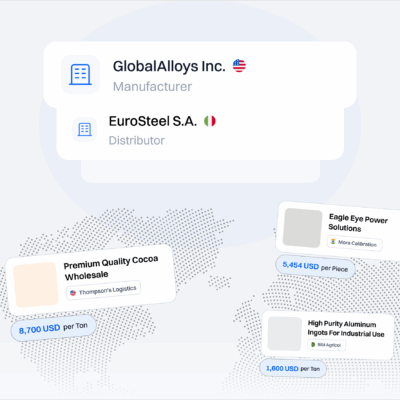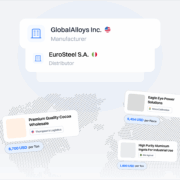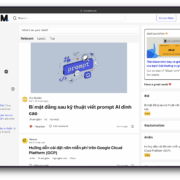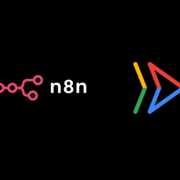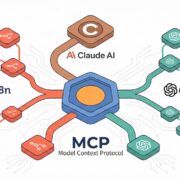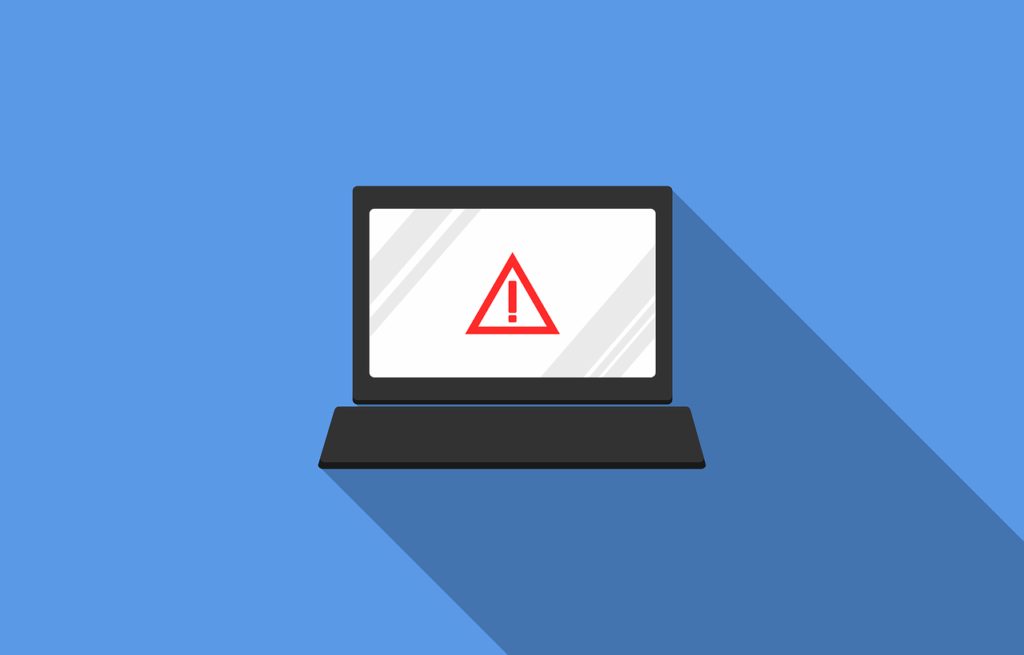
By 2025, the fastest way to lose a customer will be to make them experience one negative event on your platform. Over 52% of customers will go to a competitor after just one bad experience. One strike and you’re out.
The problem is that most businesses today don’t even know that these events are occurring. They’re sitting in meetings, completely blind, while their customers are rage-clicking through broken checkout flows, abandoning their carts, and telling all of their friends to shop elsewhere.
The truth is… By 2025, 89% of businesses will compete on customer experience. Not price. Not product features. Experience.
That means the companies that are going to win tomorrow are the ones that are solving problems today… before their customers even know that there is a problem.
In this guide, we’ll show you exactly how modern Experience Alerts Platforms are transforming digital operations. You’ll also learn the real cost of the digital blindspots that are currently crippling your business and what features your company must have in place right now to start seeing proven results.
Table of Contents
- What Makes Experience Alerts Different?
- Why Your Business Can’t Afford to Wait
- Key Features that Set Modern Platforms Apart
- Real Impact on Business Performance
- The Bottom Line
What Makes Experience Alerts Different?
Legacy monitoring systems tell you what happened yesterday. Modern Experience Alerts give you real-time insights about what is happening right now… and what is about to break tomorrow.
Consider this: The digital experience monitoring market is expected to grow from $3.55 billion in 2025 to $7.81 billion by 2030. Companies aren’t investing billions into a trend like this for fun. They are pouring resources into this market because the alternative is business suicide.
Modern Experience Alerts Tools are fundamentally different from legacy systems. Instead of waiting until your customers complain or your metrics tank, modern tools use Artificial Intelligence to monitor all patterns that can signal trouble across all your digital properties. The best user experience alerts platforms will monitor every click, scroll, and interaction in real-time.
Here’s why this is so important:
You might get a bug on your checkout page at 2 AM on a Saturday. Do you think you’re going to wait until Monday morning for someone to notice and do something about it during the weekly analytics meeting?
No.
You’re not going to wait. Your business can’t wait.
The best solutions out there don’t just alert you about what is happening – they provide context. Who are the impacted users? What is the revenue impact? What changed recently in the application that might have triggered this?
This level of insight is what will truly transform how your teams operate and prioritize their time.
Why Your Business Can’t Afford to Wait
Let’s talk numbers for a second and do something that is going to make you deeply, deeply uncomfortable…
According to Gartner, the average cost for IT outages has a massive $5,600 per minute. That’s $336,000 per hour. Here is where things get even worse – 70% of digital business initiatives will require detailed digital experience metrics by 2025.
Translation?
If you’re not measuring experience right now, you’re not operating a digital business. You’re blindly guessing.
The one thing that most companies get wrong is that they focus exclusively on uptime metrics while their actual customer experience is falling apart. Your website might very well be up 100% of the time in uptime terms. But if the add-to-cart button takes 8 seconds to respond, or if the search function is returning garbage results, or if the mobile checkout flow on iOS 17 is broken…
Your customers don’t care that your servers are humming along nicely.
The companies that are future-proofing their operations today understand this. They are building experience alerts into every component of their digital infrastructure from day one, not as an afterthought but as the foundation itself.
Key Features That Set Modern Platforms Apart
Not all user experience alerts platforms are created equal.
The line between a basic monitoring tool and a real-time experience alerts platform is drawn by a few critical capabilities:
Real-Time Detection and Intelligence
Speed is of the essence. The system should be able to detect anomalies in seconds, not minutes or hours. The advanced experience alerts systems are using machine learning to establish baseline patterns for normal behavior, and they instantly flag deviations from those patterns.
This isn’t about setting up complex manual thresholds that only work until you run a sale.
Session Replay and Context
When an alert is fired, your teams need to know exactly what the customer was experiencing. Advanced platforms with full session replay capabilities let you see the user’s journey, identify friction points, and understand root causes in minutes.
Think of it as having a DVR for every single customer interaction.
Automated Triage and Prioritization
Listen to me closely on this one…
Your teams are bombarded with alerts every day. What they need is intelligence around which issues matter the most. The best platforms automatically prioritize and triage by factors like:
- Revenue impact
- Number of impacted users
- Severity of the issue
- Involvement of business-critical flows
Less false alarms. Faster resolution of real problems.
Cross-Team Collaboration
Experience issues live in no man’s land. A problem could originate in your infrastructure, manifest itself in your frontend code, and then impact conversion rates.
Best-in-class platforms tear down these walls and provide unified views to engineering, product, and business teams so that they can coordinate rapid response actions. If everyone can see the same data in real-time, then the blame game stops and fixing begins.
Predictive Capabilities
This is the best part of advanced platforms, in my opinion:
They don’t just react, they predict. By evaluating patterns across millions of sessions, AI-powered systems can identify potential issues before they snowball into massive problems. Checkout flow that has been 3% slower for the past week? It’s on a path to break completely by Friday if current trends continue.
Prevention is always better than a cure.
Real Impact on Business Performance
These features aren’t just nice-to-have. They turn into measurable business outcomes.
Businesses that implement a robust experience alerts platform have seen massive gains across key metrics. Faster issue detection means shorter outages. Better context means faster resolution. Predictive alerts mean preventing issues entirely.
There is one thing that becomes clear every single time you talk to a team using an advanced experience alerts platform:
They’re not putting out fires anymore. They’re preventing them.
The competitive advantage compounds daily, weekly, and monthly. While others are frantically diagnosing issues that their customers found first, the forward-thinking businesses are already deploying fixes. This gap widens every quarter.
Better still: Teams report that their stress levels have decreased. Nobody wants to spend their Saturday nights debugging production errors that could have easily been caught Thursday afternoon. Proactive monitoring gives teams back their lives while preserving revenue.
The Bottom Line
Future-proofing your company with advanced experience alerts technology is no longer optional.
The world is moving too fast. Customer expectations are too high. The cost of failure is too steep. By 2025, 89% of businesses will be competing on experience, and the question won’t be whether you need this technology or not.
The question will be whether you can afford to wait another quarter.
Start by auditing your current monitoring capabilities. Are you reactive or proactive? Do you find out about issues from angry customers or from intelligent alerts? Can your teams see the full context of an issue or are they only seeing error logs?
The companies that are going to win are the ones that are building their competitive moats today. Not in the future. If you care about being one of those companies, then it’s time to start investing in experience alerts platforms that don’t just monitor your operations but that protect, predict, and perform.
Don’t wait for a crisis to force your hand because by then, your customers will already be shopping somewhere else.


